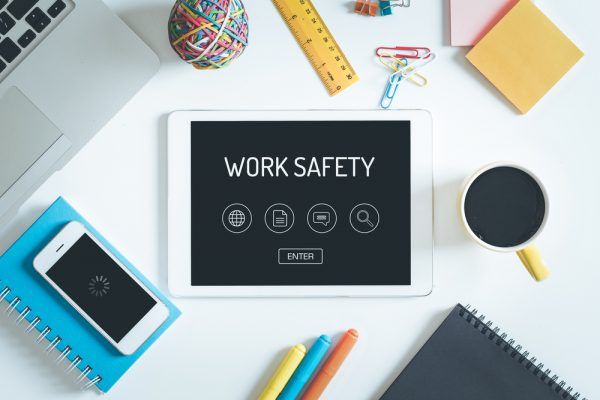4 steps to manage the risks of workplace hazards
By Charles Power
You have a duty under health and safety legislation to ensure, as far as reasonably practicable, that your workers are not exposed to the risk of work-related harm. This includes the harm that can result from workplace hazards.
What are workplace hazards?
A hazard is any situation, substance, activity, event or environment that could potentially cause injury or ill health.
Common workplace hazards include:
- working environment, e.g. uneven or slippery floor surfaces, high noise levels, very high or low temperature, poor ventilation;
- machinery and equipment, e.g. entrapment and projectiles;
- fire;
- electricity;
- hazardous chemicals, e.g. toxic or poisonous chemicals;
- manual handling, e.g. pushing, pulling, carrying, lifting, and restraining or repetitive tasks;
- working at heights or over depth, e.g. risk of falling;
- overexertion and physical stress; and
- psychological stress, e.g. bullying, excessive workloads, lack of support.
To meet your health and safety obligations in regards to hazards, you must carry out a risk management process that consists of four steps:
Step 1: Identify hazards in your workplace
There are many ways to identify hazards, including:
- safety inspections and audits;
- job safety analyses or similar task evaluation processes;
- workers recognising hazards while performing work;
- incident and near-miss reports;
- pre-start discussions on the work to be done;
- monitoring, measuring and testing, e.g. noise monitoring, electrical testing, atmospheric testing;
- analysis of proposed new or modified plant, material, process or structure;
- hazard (or risk) surveys;
- product information, e.g. safety data sheets, operating manuals; and
- publicly available data on hazards, e.g. newspaper articles, industry or WorkSafe alerts.
Step 2: Assess their potention to cause harm
Consider how likely it is that exposure to the hazard will affect people’s health and safety and what consequences could occur because of that exposure.
Step 3: Control the risk by eliminating the hazard, or, if elimination is not reasonably practicable, minimise the risk using one or more controls
It is critical that you immediately ensure a hazard is rendered free of risk once it has been identified. This may mean:
- turning off the machine that is causing a risk;
- positioning a person to prevent entry to a hazardous site; or
- other temporary steps until a more thorough risk control measure can be implemented.
If there is more than one hazard, prioritise the risks so that you implement control measures for the hazard with the highest risk first. The higher the risk that serious harm will result from exposure to a hazard, the higher priority you should give to eliminating or minimising that risk.
Step 4: Monitor the hazards and review the controls to ensure that they are minimising the risk effectively
Once a control has been implemented, you must monitor its effectiveness and reassess the risks of the job to ensure that:
- the risk management process was conducted in a thorough and effective manner;
- the control measures have been properly implemented;
- your workers comply with the control measures;
- the control measures continue to adequately manage the risks; and
- the control measures have not introduced any other problem/hazard into your workplace.
Get the latest employment law news, legal updates, case law and practical advice from our experts sent straight to your inbox every week.

